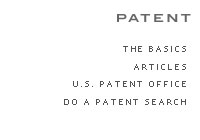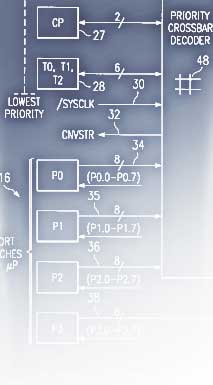

 |
||
 |
 Patents are a growing piece of a designer’s intellectual property rights. Almost all industrial designs could be protected by a design patent. A “design patent” protects the design aspects of a work, while the better-known “utility patent” protects the way it is made, works or may be used. Like all intellectual property rights in the United States, patents are essentially a bargain with the founded in the Constitution – in exchange for candidly revealing details of your invention, thereby enriching the public’s knowledge, the inventor receives exclusive control for fourteen years (for design patents) or twenty years (for utility patents). Design patents are particularly important in industries in which a product's launch is followed closely by imitations; timing is of the essence.
Patents are a growing piece of a designer’s intellectual property rights. Almost all industrial designs could be protected by a design patent. A “design patent” protects the design aspects of a work, while the better-known “utility patent” protects the way it is made, works or may be used. Like all intellectual property rights in the United States, patents are essentially a bargain with the founded in the Constitution – in exchange for candidly revealing details of your invention, thereby enriching the public’s knowledge, the inventor receives exclusive control for fourteen years (for design patents) or twenty years (for utility patents). Design patents are particularly important in industries in which a product's launch is followed closely by imitations; timing is of the essence.
Design patent protection often overlaps with the protections granted by a copyright or trademark registration. Copyright protection is generally available only for the aesthetic value of an article, and will be denied if the object is primarily utilitarian. However, copyright will extend to the independently identifiable aesthetic features of an article (a sculpture used as the base of a lamp, decoration molded into a ceramic object). If the object’s unique design feature is inseparable from the object’s use, like unusually shaped computer cases, only a design patent can protect that feature. If the design itself functions as a trademark by indicating the product’s maker, such as the iconic Coca-Cola bottle or the Herman Miller Aeron Chair, the owner may be entitled to trademark protection as well as a design patent.
Home Copyright Trademark Patent Litigation About Us ©2004-2014 The Martinez Group PLLC |
 |